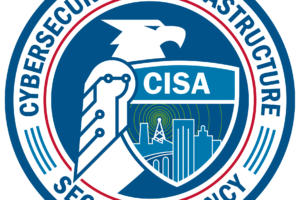Standards Australia adopts world’s foremost standard for operational technology

Australia has officially adopted the AS IEC 62443 series as national standards for protecting Operational Technology (OT) in critical infrastructure from cyber threats. This decision comes as cyberattacks grow more frequent and sophisticated, increasingly targeting the systems that support our daily lives.
OT systems are the backbone of essential services such as energy, water, transport, medical devices, and building automation. A successful cyberattack on these systems could disrupt communities, threaten public safety, and harm the environment. The AS IEC 62443 standards help prevent this by offering a clear, structured approach to cybersecurity that supports safety, reliability, and resilience throughout the life of these systems.
A Practical Framework for Securing OT Systems
OT environments face unique cybersecurity challenges that differ from traditional IT systems. To address these, specialised standards were developed for Industrial Automation and Control Systems (IACS). In response, the IEC/Technical Committee 65 Industrial-process measurement, control and automation developed the IEC 62443 series – Security for industrial automation and control systems. These standards are now recognised in Australia as AS IEC 62443, with the support and contributions from our national committee IT-006.
These standards are modular and role-based, allowing users to select only the parts relevant to their responsibilities or the stage of the system lifecycle they’re working in. They are designed for asset owners, service providers, and product suppliers, and they align with local regulatory requirements—making implementation practical and effective across sectors.
The benefits of adopting AS IEC 62443 are wide-reaching:
- Protects public health by helping to reduce the risk of system failures caused by cyberattacks
- Supports social stability by safeguarding the essential services communities rely on
- Boosts economic opportunities by allowing consumers to safely participate in energy markets, such as selling power back to the grid
- Reduces reputational risk by minimising the chance of prolonged outages and public fallout for organisations managing critical infrastructure
The IEC continues to evolve these standards to meet the needs of emerging technologies and smart systems. A new addition – Part 1-6 – will address the application of the series to the Industrial Internet of Things, further supporting the safety, reliability, and performance of smart energy, smart manufacturing, and smart cities.
By adopting AS IEC 62443, Australia is taking a proactive step to ensure its critical infrastructure is secure, resilient, and ready for the future.








